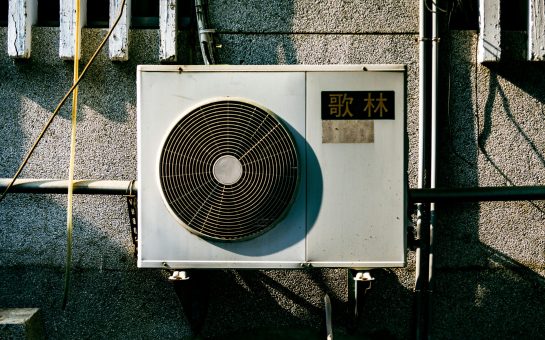What is the HSRP protocol for multi-layer switching redundancy hot standby in large and medium-sized enterprise networks?
The design goal of Hot Backup Router Protocol (HSRP) is to support IP traffic failover without causing confusion under specific circumstances, and allow hosts to use a single router, and maintain connectivity between routers even if the actual first-hop router fails.
The condition for implementing HSRP is that there are multiple routers in the system.
They form a “hot backup group”, which forms a virtual router.
In other words, when the source host cannot dynamically know the IP address of the first-hop router, the HSRP protocol can protect the first-hop router from failure.
This protocol contains multiple routers, corresponding to one HSRP group.
Only one router in this group is responsible for forwarding user traffic, which is the active router.
When the active router fails, the backup router will assume this responsibility and become the new active router.
This is the principle of hot backup.
The condition for implementing HSRP is that there are multiple routers in the system. They form a “hot backup group”, which forms a virtual router.
At any time, only one router in a group is active, and it forwards packets. If the active router fails, a backup router will be selected to replace the active router.
However, in the view of the host in the network, the virtual router has not changed.
So the host is still connected and not affected by the failure, which better solves the problem of router switching.
The router responsible for forwarding packets is called Active Router.
Once the active router fails, HSRP will activate the standby routers to replace the active router.
The HSRP protocol provides a mechanism to decide whether to use an active router or a backup router, and specifies a virtual IP address as the default gateway address of the network system.
If the active router fails, the standby routers undertake all tasks of the active router, and will not cause host connectivity interruption.
In order to reduce the data flow of the network, after setting the active router and backup router, only the active router and backup router send HSRP messages regularly.
If the active router fails, the backup router will take over and become the active router.
If the backup router fails or becomes an active router, another router will be selected as the backup router.
The HSRP protocol uses a priority scheme to determine which router configured with the HSRP protocol becomes the default active router.
If the priority of a router is set higher than that of all other routers, the router becomes an active router.
The default priority of the router is 100, so if only one router is set with a priority higher than 100, the router will become an active router.
By sending multicast (address 224.0.0.2) between routers with HSRP protocol, we can know their respective HSRP priority.
The HSRP protocol selects the current active router.
When the active router cannot send hello messages within a preset period of time, the standby router with the highest priority becomes the active router.
Packet transmission between routers is transparent to all hosts on the network.





